People for a Just World
“A society that has more justice is a society that needs less charity.”
–


Everyone has the ability to make the world a better place…
“No one has ever become poor by giving.” –Anne Frank
“Since you get more joy out of giving joy to others, you should put a good deal of thought into the happiness that you are able to give.” –Eleanor Roosevelt
“What you do makes a difference. And you have to decide what kind of difference you want to make.” –Jane Goodall
“If you can’t feed a hundred people, then just feed one.” –Mother Teresa
“Every great dream begins with a dreamer. Always remember, you have within you the strength, the patience, and the passion to reach for the stars, to change the world.”
You just need to decide you want to and take action!!!
What World Religions Teach Us About The Rights of Individuals
& How People Should Be Treated

Around 500 B.C. In India, Gautama Buddha advocates morality, reverence for life, non-violence and right conduct.
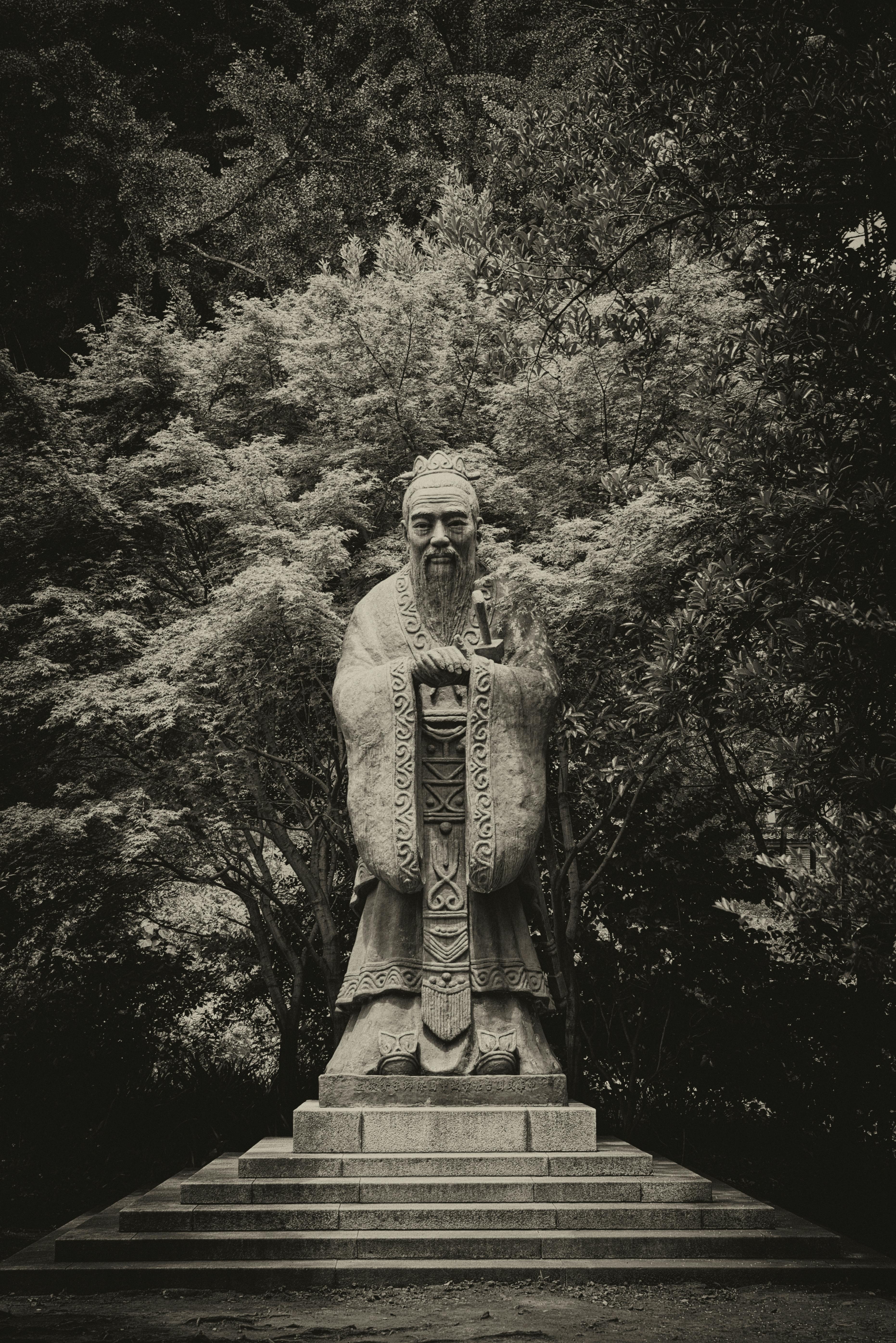
Around 500 B.C. Confucian teaching develops based on ‘jen’ or benevolence and respect for other people.

Around 30 A.D. In Palestine, Jesus Christ preaches morality, tolerance, justice, forgiveness and love. The Christian New Testament teaches equality before God: ‘In Christ there is neither Jew nor Greek, slave nor free, male nor female.’

Around 620 A.D. In Saudi Arabia, Prophet Mohammed teaches the principles of equality, justice and compassion revealed in the Qur’ān.
“We live in a world in which we need to share responsibility. It’s easy to say “It’s not my child, not my community, not my world, not my problem.” Then there are those who see the need and respond. I consider those people my heroes.”
―


The New World and
The United States of America

Moments That Matter
The Mayflower Compact signed in 1620 was the first time English colonists established a new community based on their own definitions, rather than a company charter. It also introduced English concepts of law and liberty to the New World. The First Amendment of the Bill of Rights embodies the Pilgrims’ desire to worship as they wished.
The Declaration of Independence signed in 1776 states three basic ideas: (1) God made all men equal and gave them the rights of life, liberty, and the pursuit of happiness; (2) the main business of government is to protect these rights; (3) if a government tries to withhold these rights, the people are free to revolt and to set up a new government.
The Constitution signed in 1787 outlines the structure, powers, and purposes of the federal government’s three branches. It also limits the government’s power to prevent arbitrary rule. The Constitution guarantees fundamental rights, including life, liberty, and property. It also protects minority rights and the interests of majority rule.
The Bill of Rights was was ratified in 1791 & guarantees civil rights and liberties, such as freedom of speech, religion, and the press. It also protects the right to a fair trial.
The 13th Amendment passed in 1865 is a historic promise that slavery will never again exist in the United States.
The 19th Amendment to the United States Constitution gave women the right to vote. It was passed by Congress on June 4, 1919, and ratified on August 18, 1920. The amendment states that the right to vote cannot be denied based on sex, and that Congress has the power to enforce it through legislation.
The Social Security Act was signed into law on August 14, 1935. In addition to several provisions for general welfare, the new Act created a social insurance program designed to pay retired workers age 65 or older a continuing income after retirement.
The National Labor Relations Act (NLRA) of 1935 is a US labor law that protects the rights of private sector employees to organize, bargain collectively, and take action such as striking. The NLRA also established a board to oversee these processes.
The Fair Labor Standards Act (FLSA) of 1938 established minimum wage, overtime pay, recordkeeping, and child labor standards for private sector and government employees.
The Civil Rights Act of 1964 prohibits discrimination on the basis of race, color, religion, sex or national origin. Provisions of this civil rights act forbade discrimination on the basis of sex, as well as, race in hiring, promoting, and firing.
The “Medicare and Medicaid Act,” also referred to as the “Social Security Amendments of 1965,” is a piece of legislation that established the Medicare program for the elderly and the Medicaid program for low-income individuals.
The Americans with Disabilities Act (ADA), passed in 1990, is a civil rights law that prohibits discrimination against individuals with disabilities in various areas including employment.
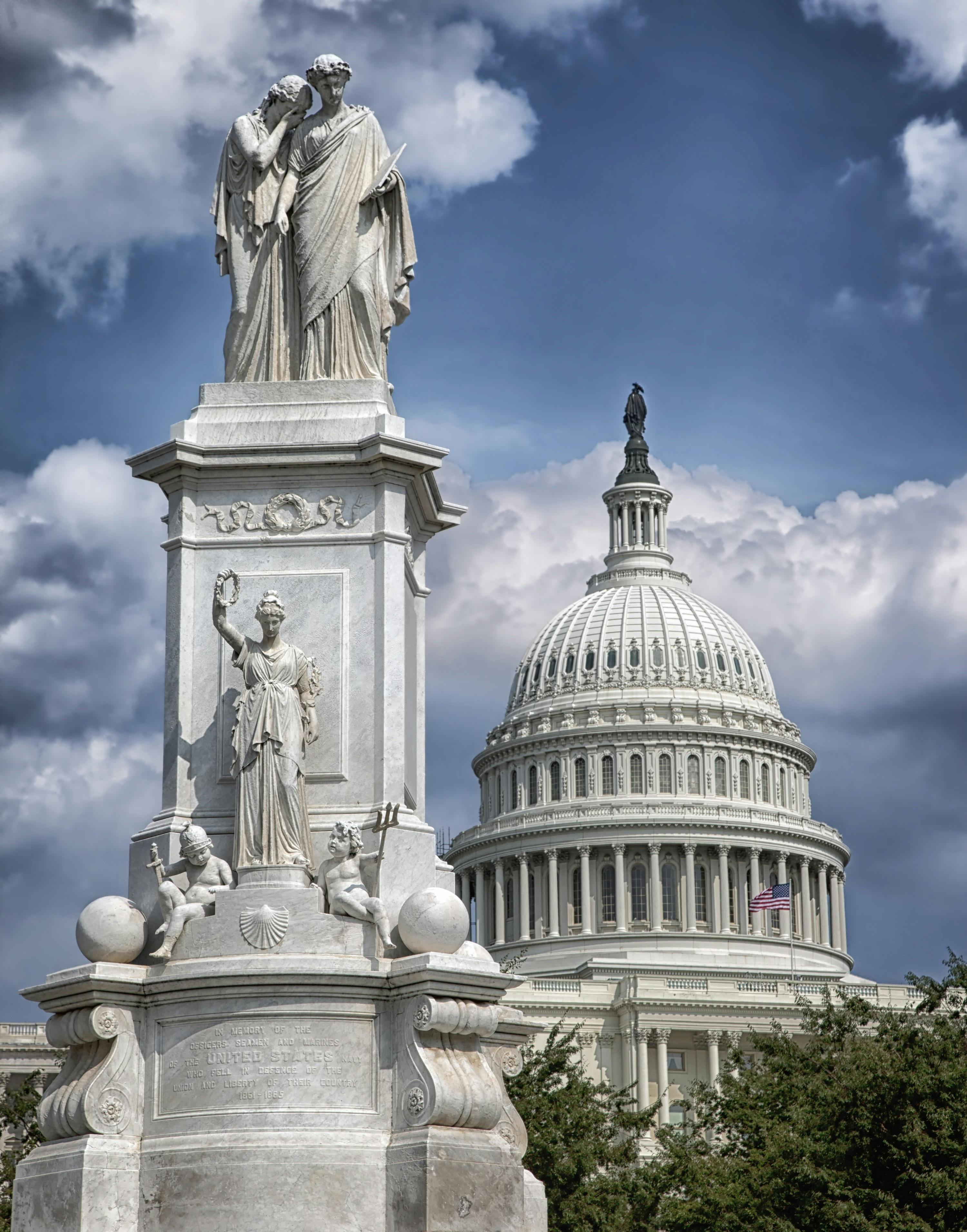
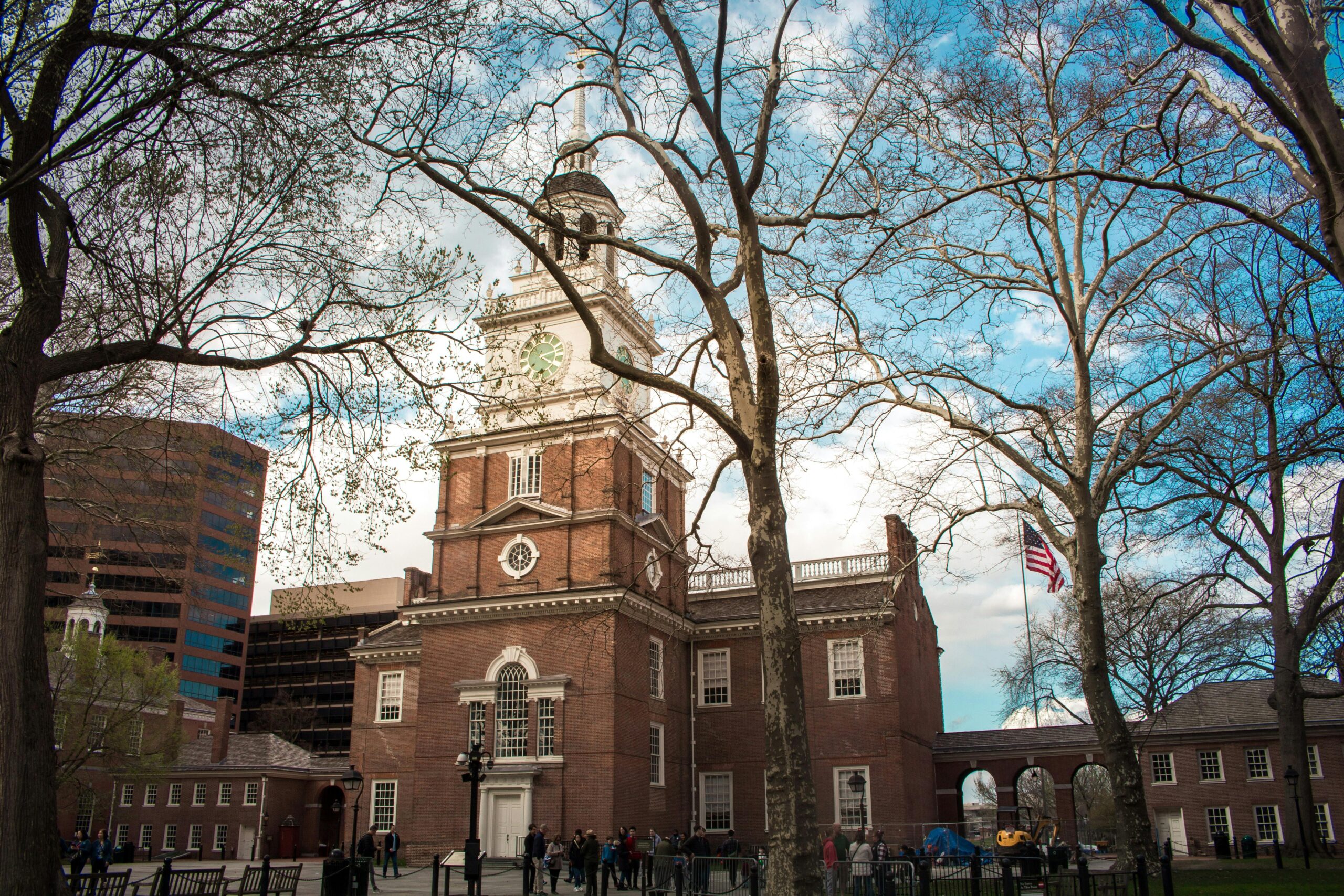
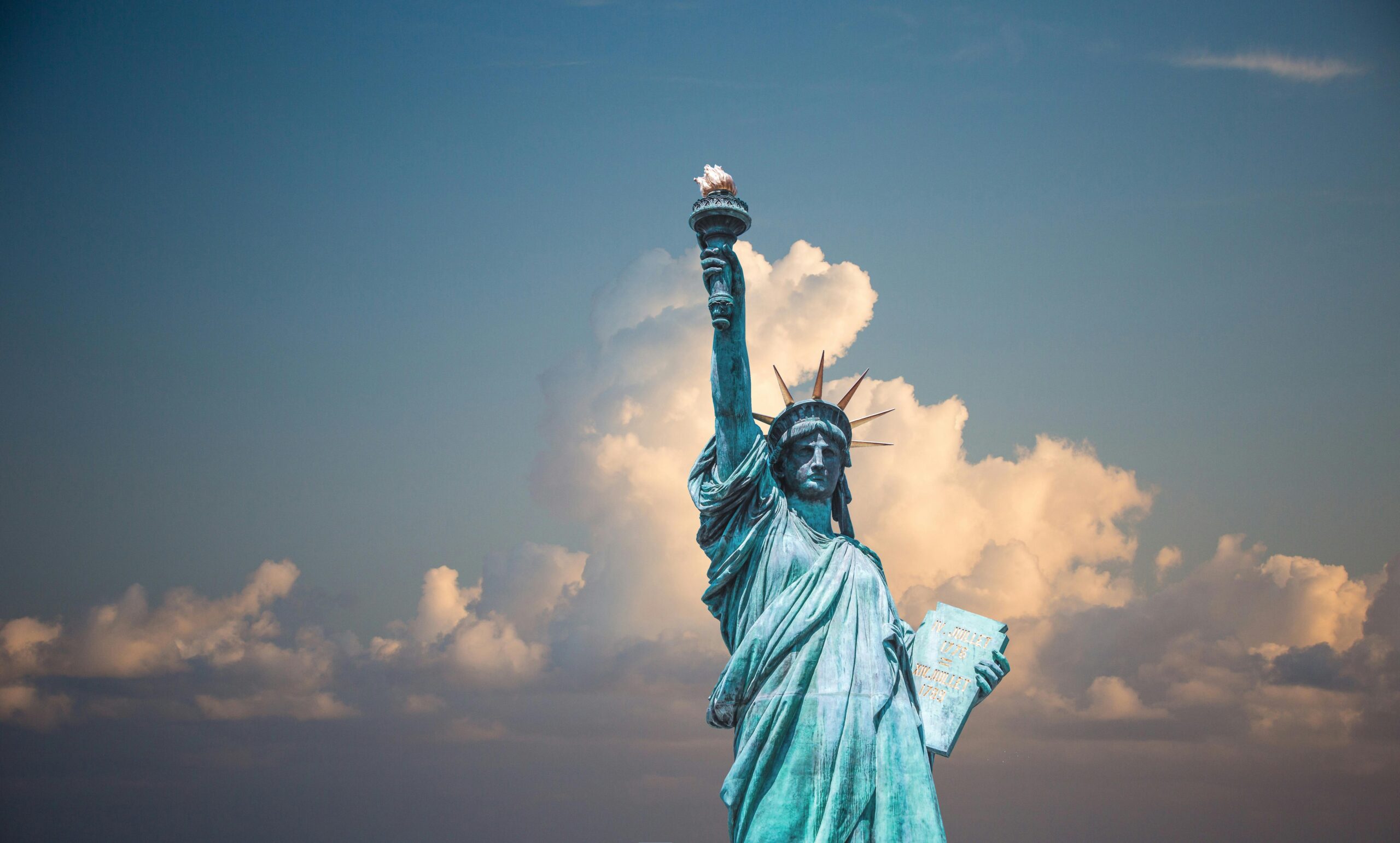
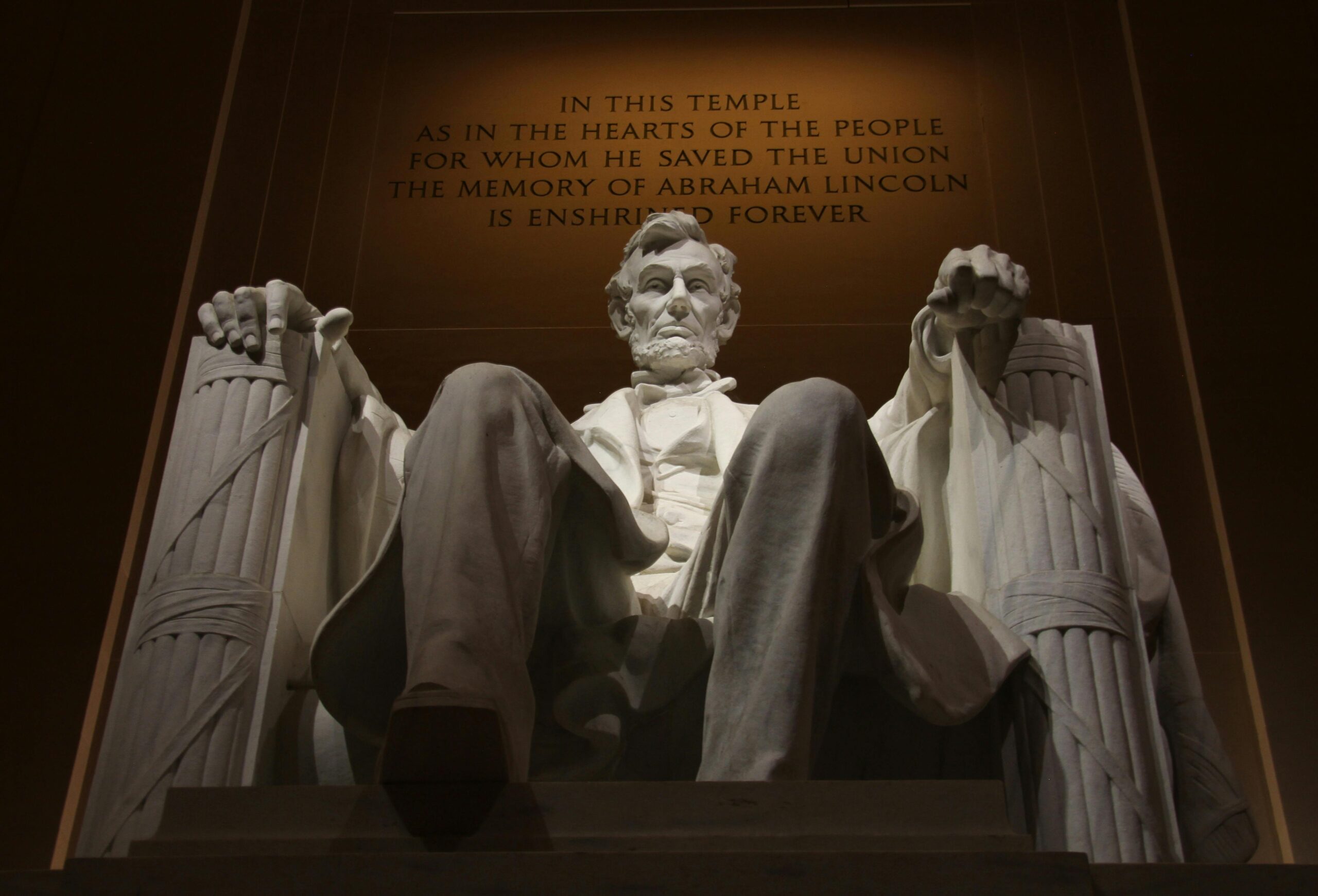
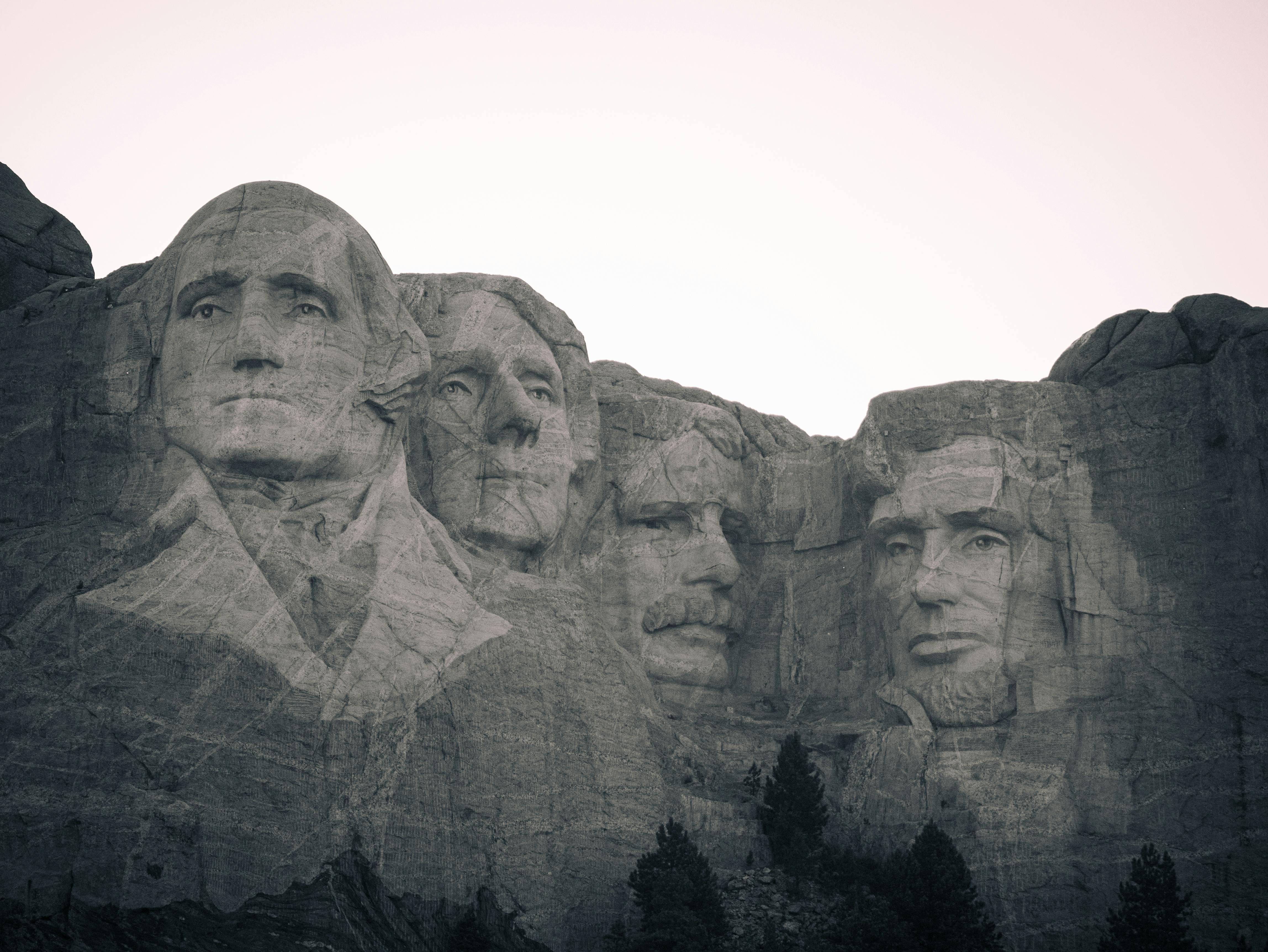
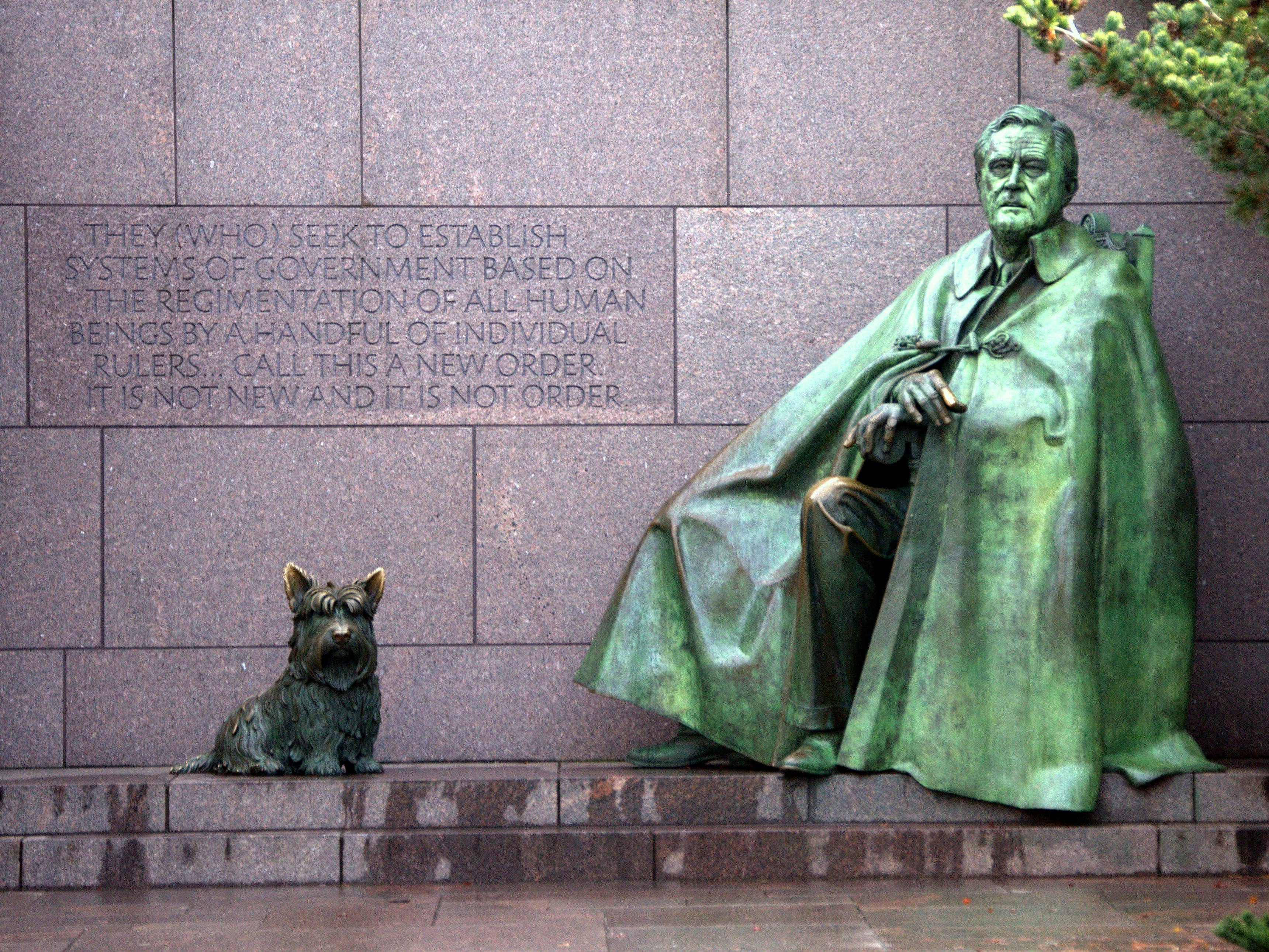
The American Promise
We hold these truths to be self-evident, that all men are created equal, that they are endowed, by their Creator, with certain unalienable rights, that among these are life, liberty, and the pursuit of happiness.–That to secure these rights, governments are instituted among men, deriving their just powers from the consent of the governed.


Sea to Shining Sea

Pursuit of Happiness

LIFE

LIBERTY

PROPERTY


The American Dream
“The American Dream is that dream of a land in which life should be better and richer and fuller for everyone, with opportunity for each according to ability or achievement. It is a difficult dream for the European upper classes to interpret adequately, and too many of us ourselves have grown weary and mistrustful of it. It is not a dream of motor cars and high wages merely, but a dream of social order in which each man and each woman shall be able to attain to the fullest stature of which they are innately capable, and be recognized by others for what they are, regardless of the fortuitous circumstances of birth or position.”
― The Epic of America




The Incredible Character of the People Who Shaped the United States
The Humility & Integrity of George Washington
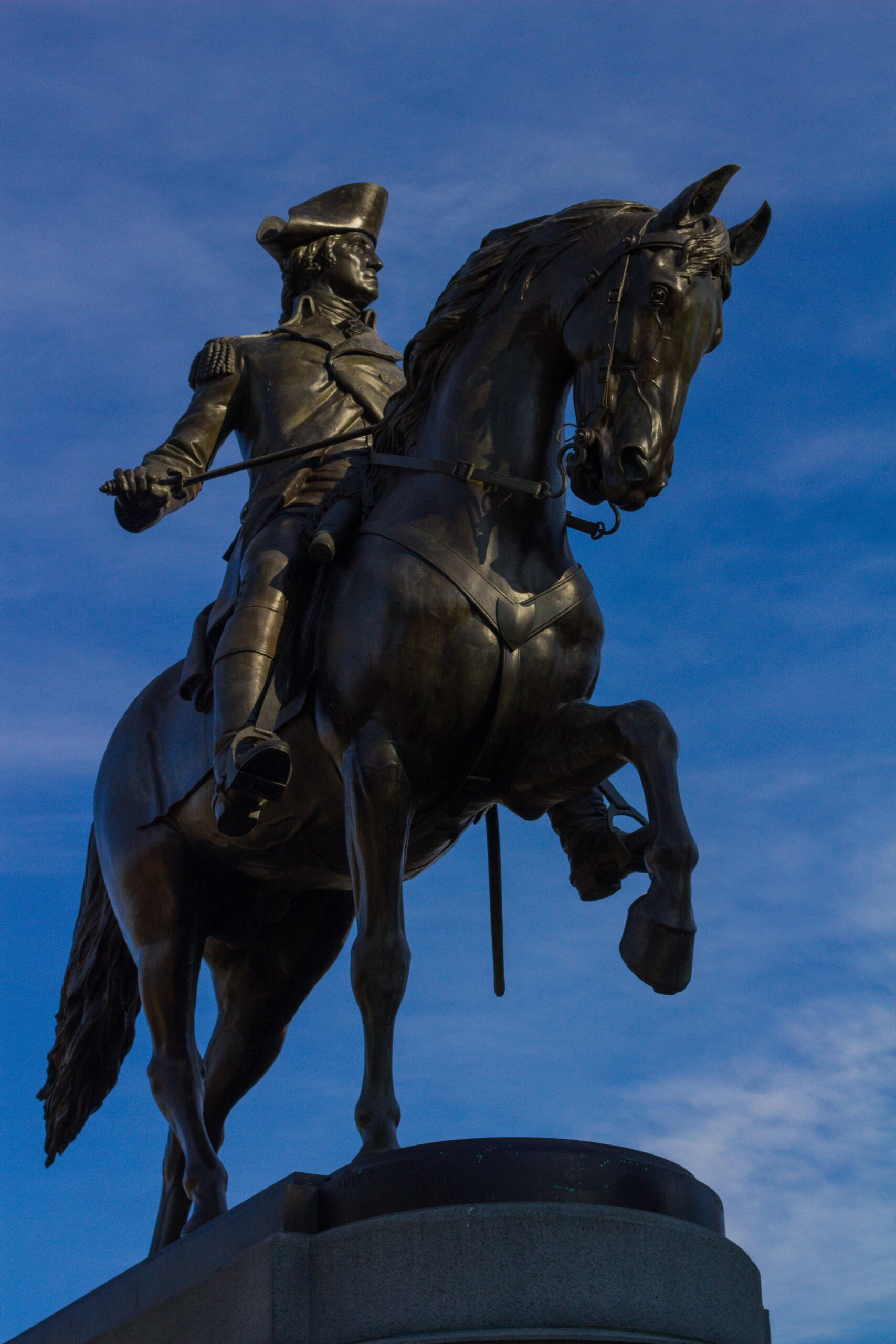
While Washington is best known for the positions he held, both as a general and president, it is his willingness to surrender power that may be his most important legacy.
On December 23, 1783, Washington strode into the Maryland State House in Annapolis and surrendered his military commission to Congress—thereby affirming the principle of civilian control of the military.
When King George III heard that Washington would surrender his commission, he reportedly said that if “He did [this] He would be the greatest man in the world.”
As president, in a time when there were no term limits and many would have supported a lifetime role, Washington stepped down after the end of his second term—setting an important precedent that lasted until the middle of the 20th century.
Leaders in the fight for a more just world
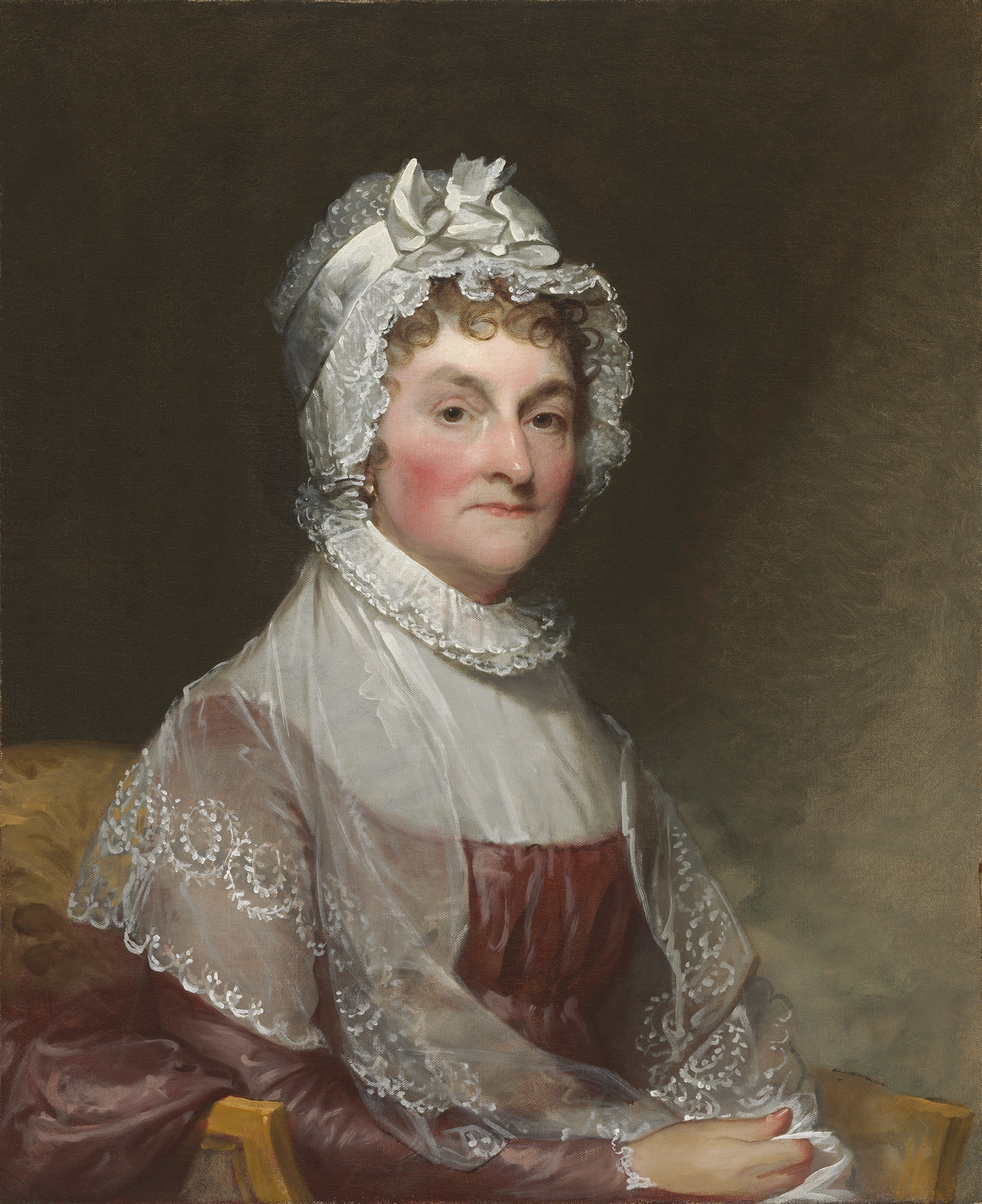
Abigail Adams
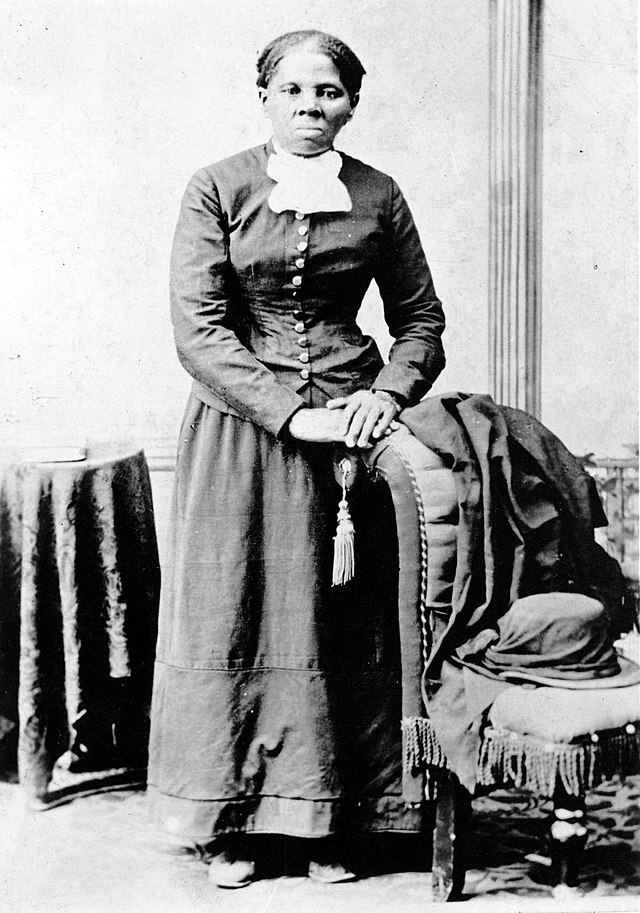
Harriet Tubman
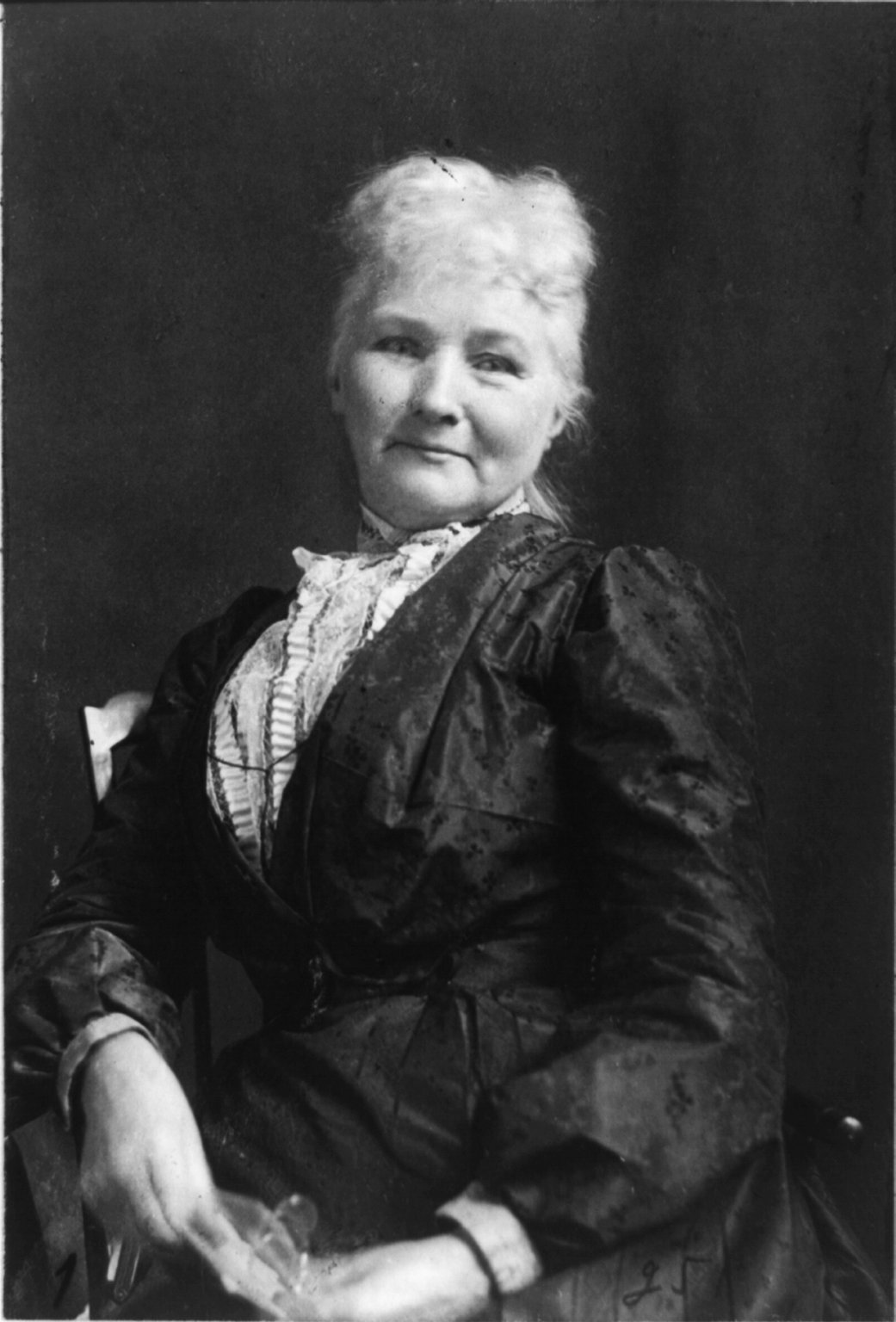
Mother Jones

S.B. Anthony
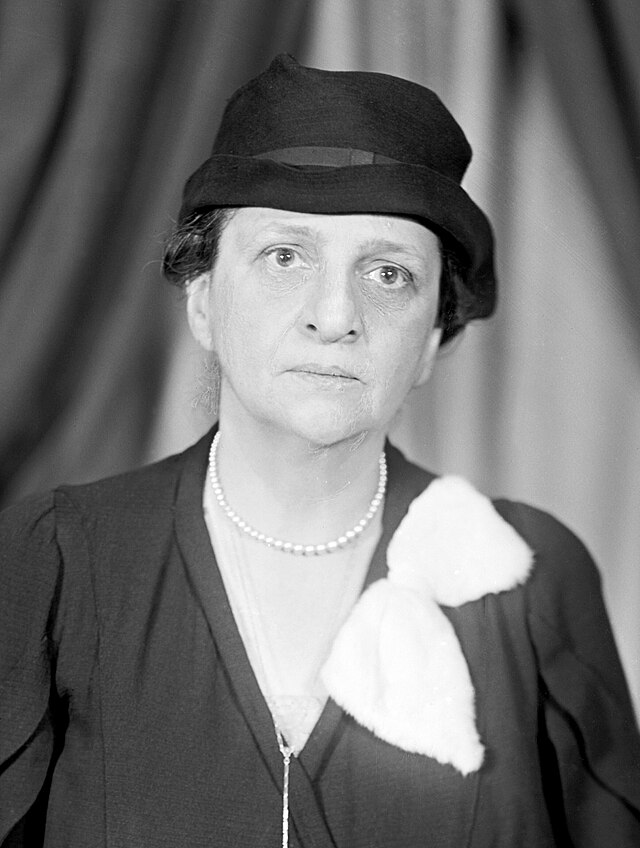
F. Perkens

Rosa Parks
From the American Revolution, to the Abolitionist Movement, Women’s Suffrage, the Labor Movement, and the fight for Civil Rights… these women help shape the United States and made the world a more just place.
Martin Luther King’s Dream is the Fulliment of the Founder’s Promise For All Americans
“When the architects of our republic wrote the magnificent words of the Constitution and the Declaration of Independence, they were signing a promissory note to which every American was to fall heir. This note was a promise that all men — yes, black men as well as white men — would be guaranteed the unalienable rights of life, liberty and the pursuit of happiness.”
As a leader in the Civil Rights Movement he was faced with hardships, hatred, jailed and attack but stayed committed to his cause while preaching love and acceptance while maintain his principle of nonviolence and turning the other cheek. His life embodied the character and the spirit that has made the United States the world’s most important democracy.



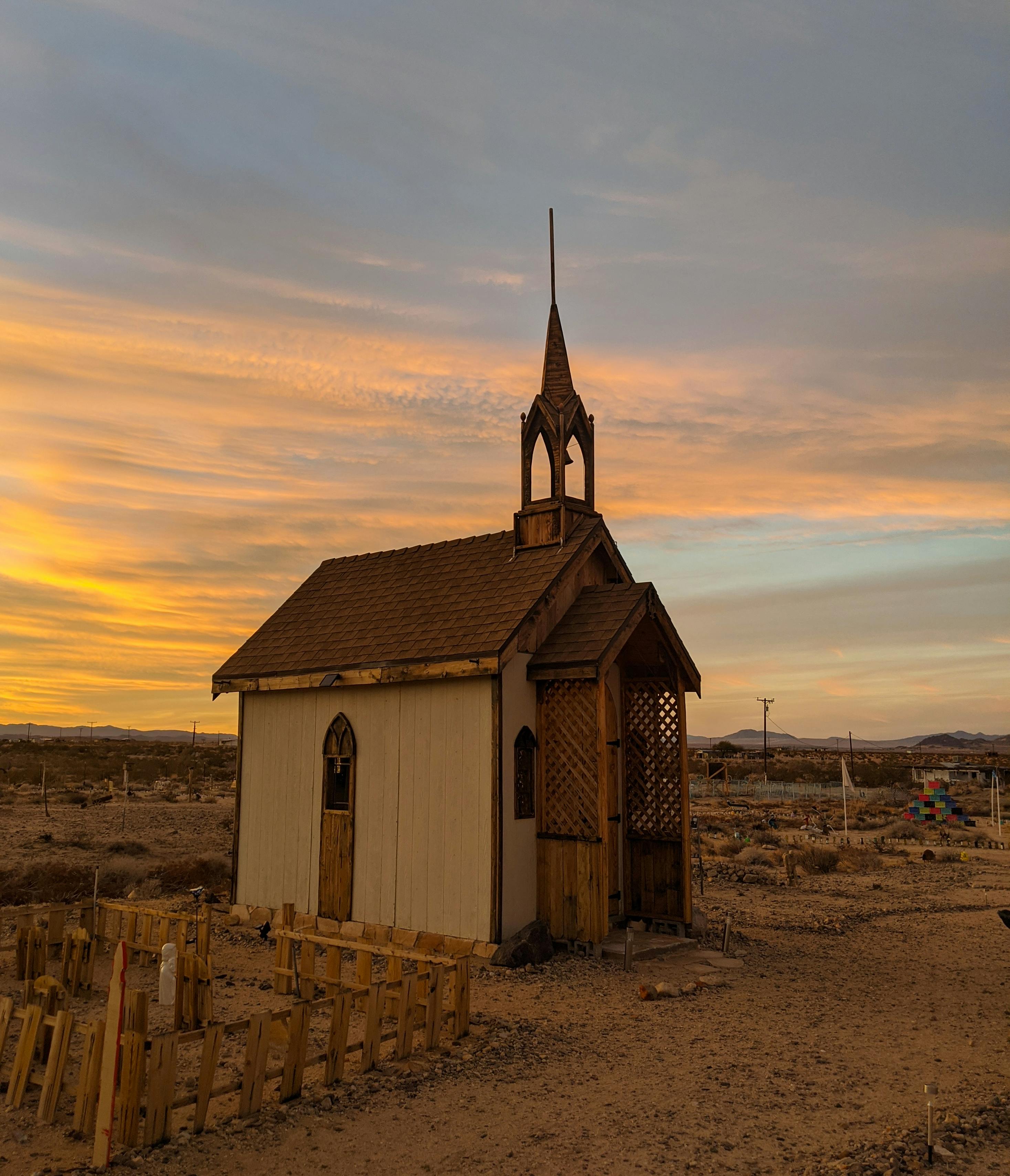



The Road To A More Just World Starts Here

“We don’t have to engage in grand, heroic actions to participate in the process of change. Small acts, when multiplied by millions of people, can transform the world.”
–

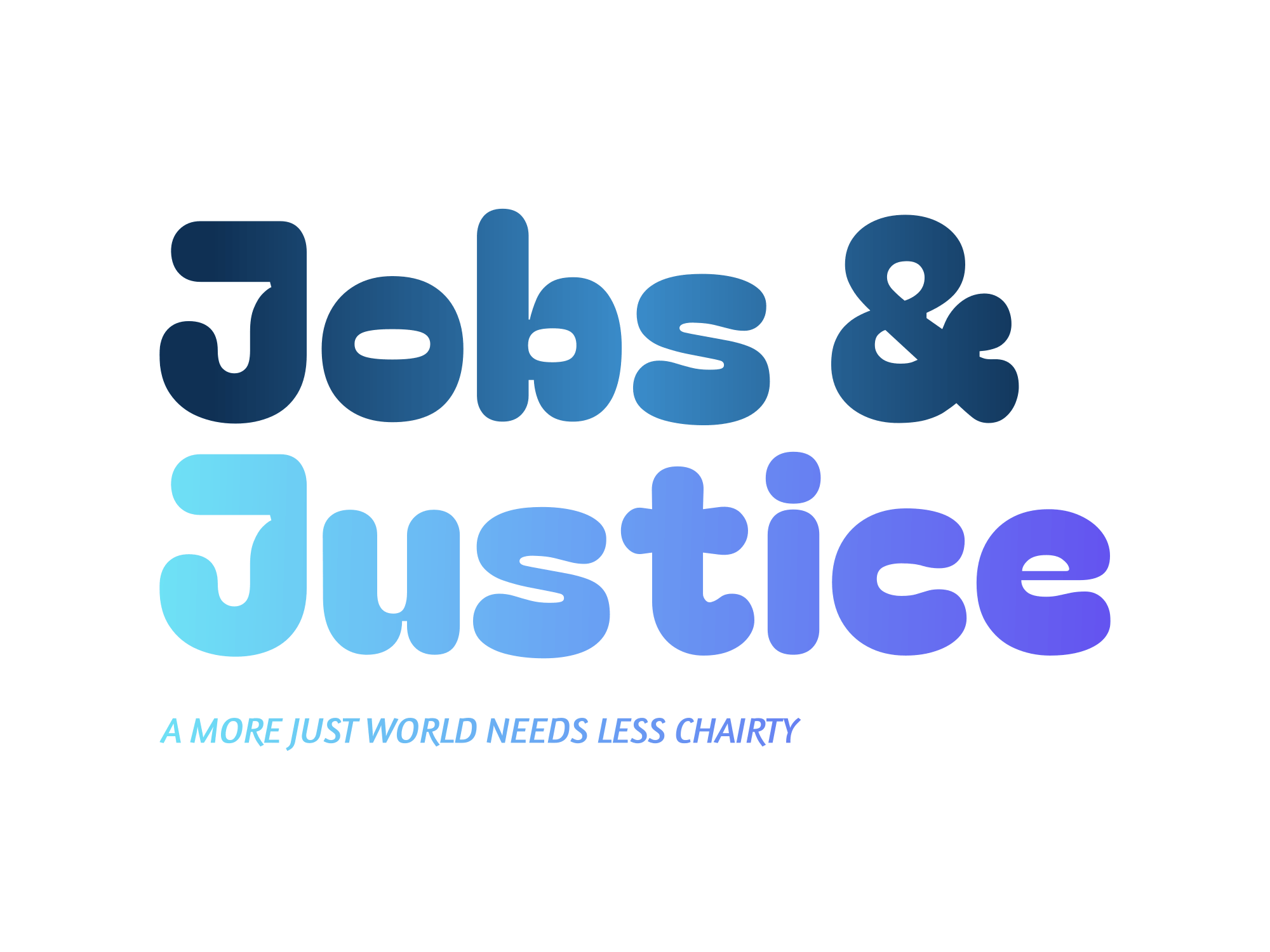


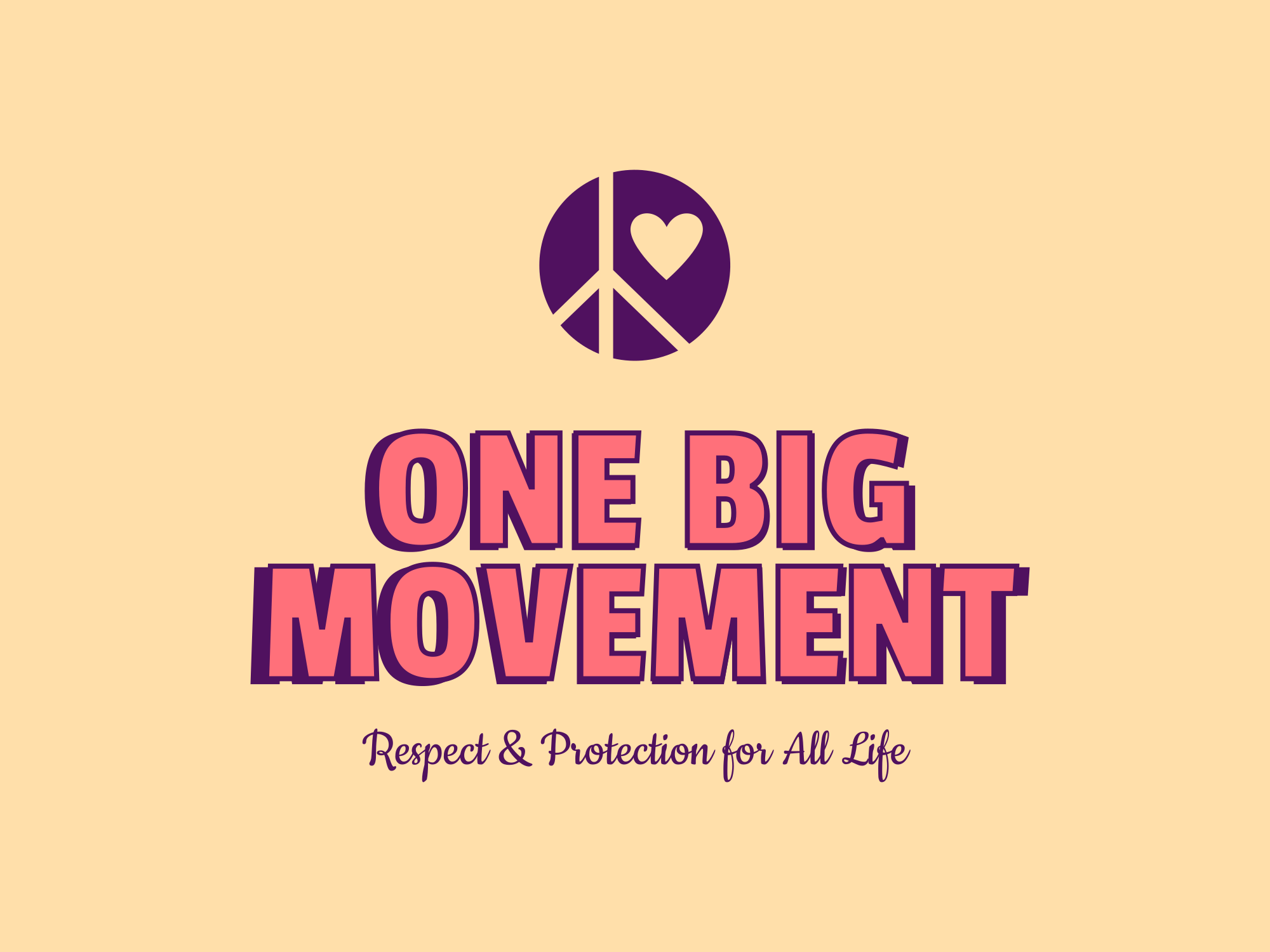




“In every age it has been the tyrant, the oppressor and the exploiter who has wrapped himself in the cloak of patriotism, or religion, or both to deceive and overawe the People.”

“Sell your possessions, and give to the needy. Provide yourselves with moneybags that do not grow old, with a treasure in the heavens that does not fail, where no thief approaches and no moth destroys. For where your treasure is, there will your heart be also.” –Luke 12:33-34
“By eating meat we share the responsibility of climate change, the destruction of our forests, and the poisoning of our air and water. The simple act of becoming a vegetarian will make a difference in the health of our planet.”



About Us
We have a habit of delivering transformative outcomes for businesses like yours. Our success stories speak for themselves.
Recent Work
LEt’s Work Together
We Work With Companies and Clients of All Sizes & Types




